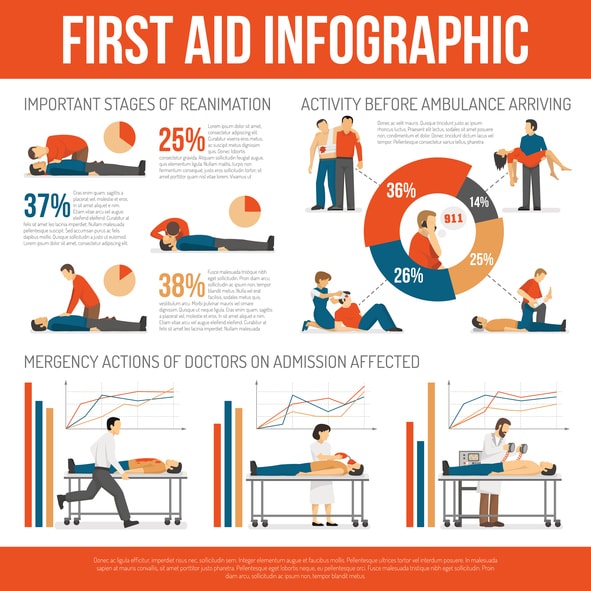By Eileen O’Shanassy
When starting up a business, there are plenty of things to keep in mind and get right the first time. As much as your business’s growth is paramount, you ought to ensure the workplace is safe for your staff, clients, and customers. Although you may not prevent all accidents, it is essential to implement measures that reduce risk and help to maintain the safety of everyone involved in the operation. Here are a few things every new business owner should consider.
Emergency Preparedness
Your employees should know how to face safety issues that may occur in the workplace. As a manager, you are responsible for providing emergency equipment including fire extinguishers and first aid kits. It is also a good idea to install an alarm system aimed to alert employees in the event of an emergency like a fire or earthquake. On that note, a workplace should always have a fire assembly point and clear fire exit labels by law.
As a business manager you should hold safety training sessions to create awareness on emergency responsiveness in case of a workplace accident. You should offer refresher courses of the same to ensure all employees are up to date. You can perform drills with the help of safety experts to practice emergency response in the event of an incident.
Accessible Safety Regulations
Every workplace should have safety and security regulations in place. It is essential to have clear and precise information in a strategic location where every employee can easily access them. That includes what to do in the event of an emergency, and a list of hotline numbers to call for rescue.
Additionally, you can provide an incident reporting procedure showing how to manage an accident. These techniques should be a significant part of safety management ensuring each occurrence is handled adequately. Consequently, there should be a process of solving such cases. Keep important numbers on hand where anyone can call for help.
Personal Protective Equipment
As a startup, you ought to ensure all the activities in the workplace do not pose a safety or health risk to your employees. You are responsible for providing personal protective equipment especially if they are exposed to harsh conditions, chemicals, or other risks. Protective equipment includes gloves, safety boots, overalls, earmuffs, respirators, etc. Additionally, each employee should have a safety manual of the precautions needed before performing tasks.
With the above procedures in place, it is essential to involve your employees in the implementation process. That adds up to good housekeeping, employee responsibility, and observing safety regulations. Most importantly, provide your workers with the up-to-date information on safety, security, and protection.
Eileen O’Shanassy is a freelance writer and blogger based out of Flagstaff, AZ. She writes on a variety of topics and loves to research and write. She enjoys baking, biking, and kayaking. Check out her Twitter @eileenoshanassy.







